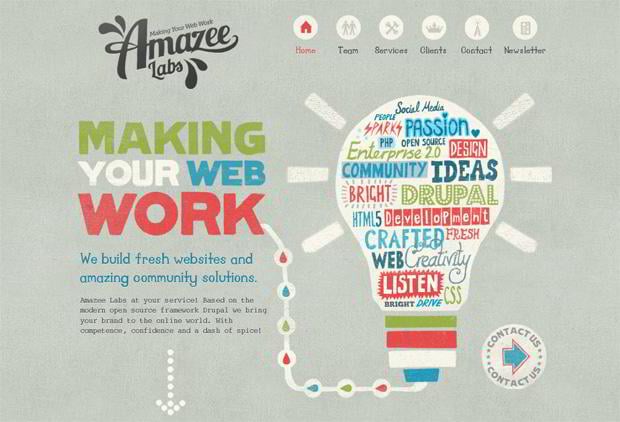The Growth Of Website Design: Then And Now
The Growth Of Website Design: Then And Now
Blog Article
Web Content Written By-Thorsen Lunde
In the past, web sites were easy and focused on details. Navigation was straight, and design was for desktop computers. Currently, individual experience is vital. Data guides styles for very easy navigating. Receptive layouts match different devices. Today, dark setting decreases stress, and minimal food selections improve navigating. Interactive attributes engage users, and vibrant visuals stand out. AI assimilation improves involvement. See just how layout has advanced to improve your on the internet trip.
Very Early Days of Website Design
In the very early days of web design, simpleness reigned supreme. Sites were basic, with limited shades, typefaces, and designs. The emphasis was on providing details rather than fancy visuals. Customers accessed the net via slow dial-up connections, so speed and performance were essential.
Navigation menus were straightforward, typically situated at the top or side of the page. https://www.entrepreneur.com/article/400278 were designed for desktop, as mobile surfing wasn't yet prevalent. Material was king, and developers focused on simple readability over complex design elements.
please click the following internet site was the key coding language used, and designers had to function within its constraints. Computer animations and interactive attributes were marginal compared to today's standards. Websites were static, with little dynamic content or customized individual experiences.
Increase of User-Focused Layout
With the development of website design, a shift towards user-focused layout concepts has come to be significantly famous. Today, creating web sites that prioritize customer experience is essential for involving visitors and achieving company goals. User-focused design entails understanding the needs, preferences, and habits of your target audience to customize the internet site's format, content, and features appropriately.
Developers currently carry out comprehensive study, such as individual studies and use screening, to gather understandings and comments directly from individuals. This data-driven approach helps in producing instinctive navigation, clear calls-to-action, and visually appealing user interfaces that reverberate with site visitors. By placing the user at the facility of the style procedure, sites can supply a much more customized and enjoyable experience.
Responsive layout has also become an essential element of user-focused style, making sure that websites are optimized for different tools and display dimensions. This adaptability improves ease of access and usability, catering to the diverse methods users interact with websites today. Fundamentally, the surge of user-focused style represents a shift in the direction of producing electronic experiences that prioritize the demands and expectations of the end user.
Modern Trends in Website Design
Check out the most up to date trends shaping web design today. One popular fad is dark setting layout, providing a smooth and modern-day look while decreasing eye pressure in low-light atmospheres. Another crucial trend is minimalist navigating, simplifying food selections and enhancing customer experience by concentrating on essential elements. Incorporating micro-interactions, such as animated buttons or scrolling effects, can produce a more appealing and interactive website. Receptive layout stays essential, making certain smooth customer experiences throughout various devices. Additionally, utilizing vibrant typography and asymmetrical designs can add visual passion and accentuate specific web content.
Integrating AI innovation, like chatbots for consumer support or personalized referrals, improves individual interaction and improves processes. Availability has likewise come to be a substantial trend, with designers focusing on inclusive style techniques to accommodate varied individual requirements. Accepting sustainability by optimizing website performance for rate and efficiency is an additional arising fad in web design. Teaming up with customer comments and data analytics to iterate and enhance design continuously is important for remaining relevant in the ever-evolving electronic landscape. By accepting these modern-day patterns, you can create a visually attractive, straightforward web site that reverberates with your target market.
Conclusion
As you assess the evolution of site design from the early days to now, you can see how user-focused style has actually come to be the driving force behind contemporary patterns.
Embrace the journey of change and adjustment in website design, constantly keeping the individual experience at the center.
Stay present with the current patterns and innovations, and never ever quit progressing your method to produce aesthetically sensational and straightforward internet sites.
Develop, adapt, and produce - the future of web design remains in your hands.
